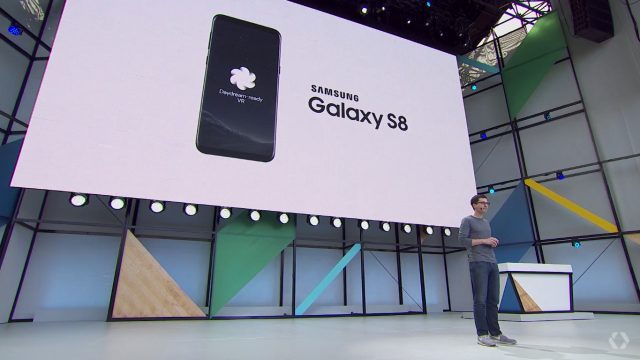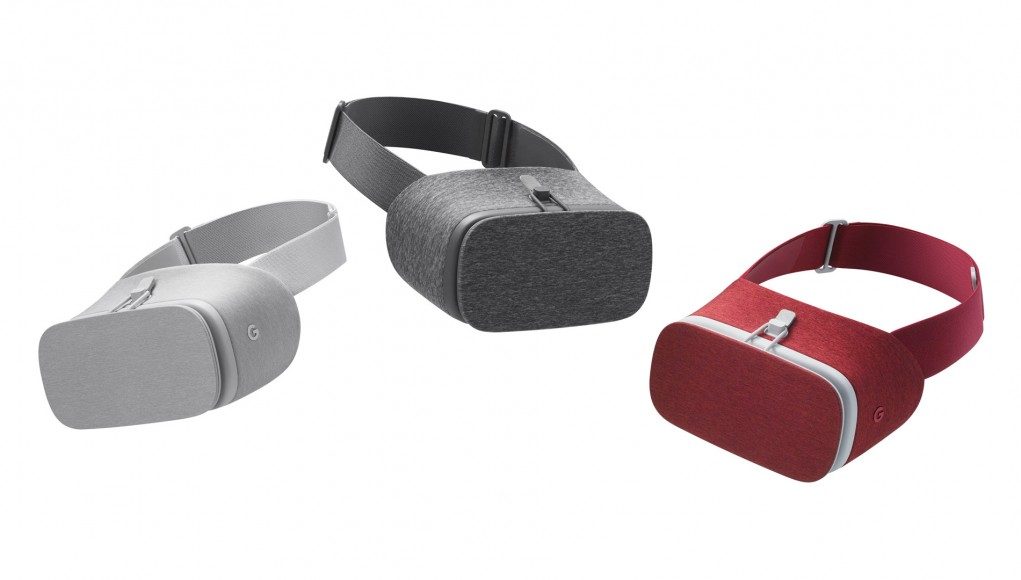During Day 2 of Google I/O 2017, following major announcements of support for standalone VR headsets and a ‘2.0’ release of the Daydream software platform, Mike Jazayeri, Director of Product Management for Daydream, stated that “tens of millions” of Daydream-Ready devices are expected in the market by the end of the year.
After Daydream VR’s positive start in November 2016, it has taken a while for additional third-party Daydream-Ready devices to appear, perhaps due to the demanding minimum hardware requirements. Today, there are eight Daydream-Ready devices on the market, and momentum will continue to build throughout the year as flagship products from Samsung and LG begin to support the platform. The announcement of Samsung’s flagship S8 and S8+ receiving Daydream support is particularly notable, as they represent the best devices for use on the competing Gear VR platform. LG’s flagship smartphone due in the second half of 2017 is also confirmed to be Daydream-Ready.

In addition, “existing partners such as Motorola and ASUS will launch more Daydream-Ready phones by the end of the year” says Jazayeri. This means Google rightfully expects multiple millions of Daydream-Ready devices in the market by the end of year—which may also include the estimated sales figures for the newly-announced standalone headsets from HTC and Lenovo.
Thanks to its massive head-start, Samsung’s Oculus-powered Gear VR platform has dominated the high-quality mobile VR market since its launch in November 2015, but the announcements at this year’s I/O developer event represent a major momentum swing in Google’s direction.







